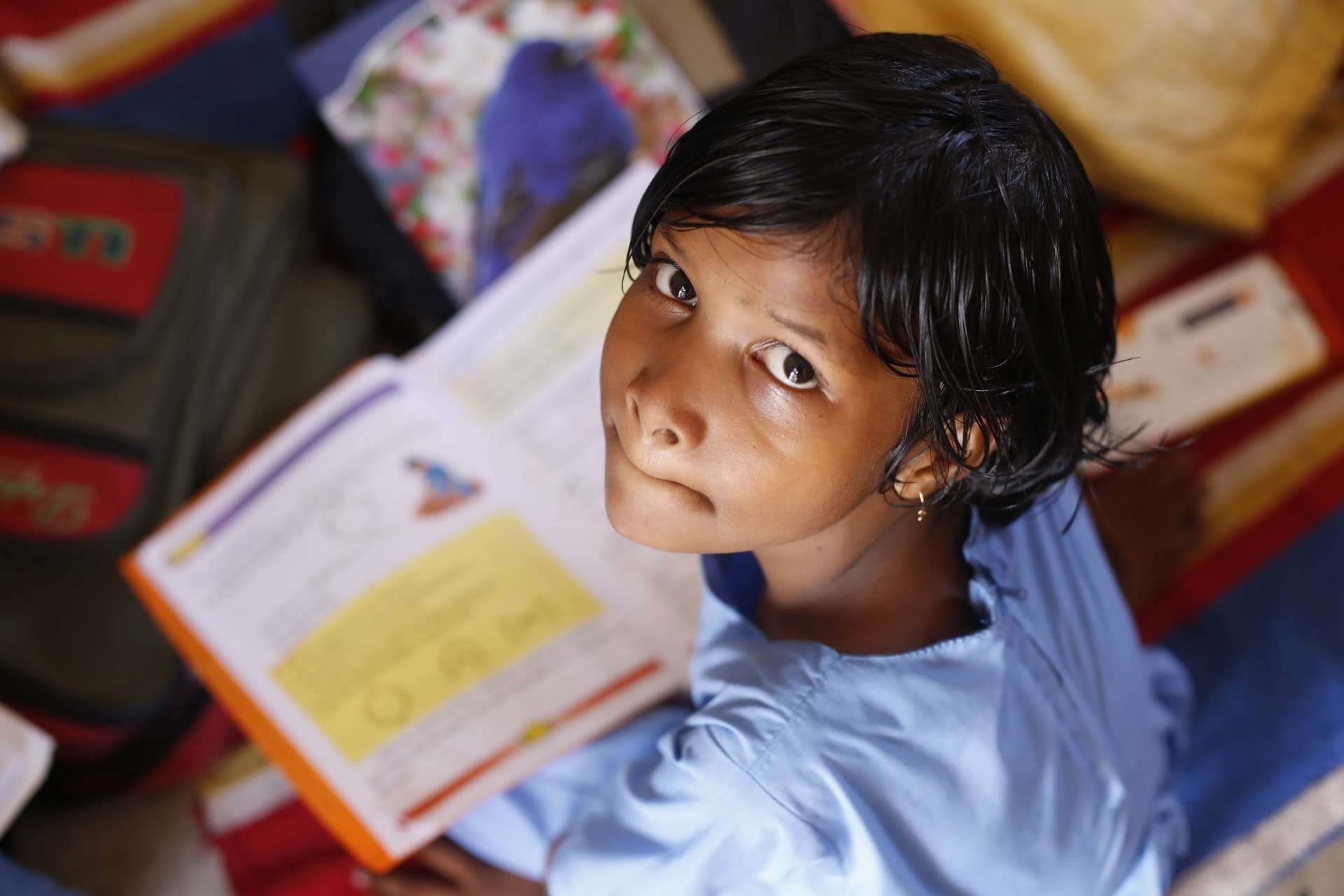World Bank highlights benefits to global economy by educating girl child
If every girl worldwide received 12 years of quality education, lifetime earnings for women could increase by $15 trillion to $30 trillion globally.

- Globally, nine in ten girls complete their primary education, but only three in four complete their lower secondary education (roughly 9 years of education). In low-income countries, less than two-thirds of girls complete their primary education, and only one in three completes lower secondary school.
- Girls who complete secondary school are better equipped to become healthier, more prosperous adults, with smaller families and children who are less at risk of illness and death and more likely to succeed. Further, girls with a secondary education are more likely to participate in the labor force as adults and be decision makers at home and in their communities.
- Earnings and standards of living: If every girl worldwide received 12 years of quality education, lifetime earnings for women could increase by $15 trillion to $30 trillion globally. Women with primary education only earn 14 percent to 19 percent more than women with no education at all, but those with secondary education earn almost twice as much.
- Child marriage and early childbearing: Universal secondary education for girls could virtually eliminate child marriage (entering in a union before the age of 18), and holds the potential to reduce by 75 percent the risk of early childbearing for women (having a first child before the age of 18).
- Fertility and population growth: Universal secondary education for girls could contribute to reduced total fertility rates by one third in high fertility countries, and to increased contraceptive use by one fourth in those countries. It may also contribute to a reduction in global population growth by 0.3 percentage point. The reduction in population growth could generate $3 trillion in benefits per year, cumulative over time.
- Health, nutrition and well-being: In developing countries, universal secondary education for girls could increase women’s knowledge of HIV/AIDS and empower them to make decisions about their own healthcare. It could also improve their sense of psychological well-being, reduce the risk of intimate partner violence, and reduce the risk of under-five mortality and malnutrition among their children.
- Agency and decision-making: Universal secondary education for girls could contribute to increasing by one tenth women’s decision-making within their household, and by one fifth the likelihood of birth registration for their children.
- Social capital and institutions: Universal secondary education for girls could enable them to engage as adults in more altruistic behaviors, and it could increase their ability to rely on friends when in need.
- READ MORE ON:
- Child marriage
- globally
- earnings for women
- education
- quality education
Advertisement
ALSO READ
Prithviraj Sukumaran-starrer 'The Goat Life' crosses Rs 100 crore mark globally
UAE: Golden Heart Initiative heals 50 children globally
Polygamy, child marriage not poll issues in Assam: Himanta
JNU India's highest ranked university, at 20th spot globally for development studies: QS World Universities Ranking by Subject.
Saveetha Institute of Medical and Technical Sciences, Chennai, at 24th position globally for dentistry studies: QS rankings.










